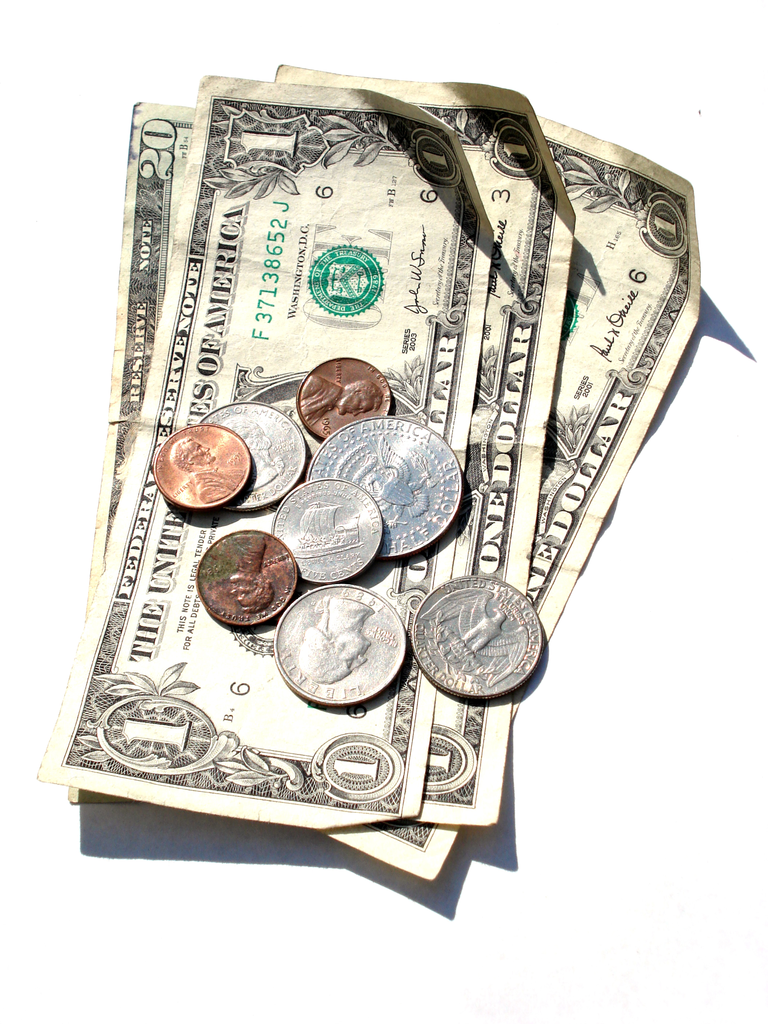Payroll
The Worst Tippers? Millennials, Men and Southerners
When it comes to tipping, many Millennials (ages 18-37) are skimping out, according to a new CreditCards.com report. Ten percent of Millennials say they usually leave nothing as a tip for a server when dining out at a restaurant, compared to just ...
Jun. 19, 2018

When it comes to tipping, many Millennials (ages 18-37) are skimping out, according to a new CreditCards.com report. Ten percent of Millennials say they usually leave nothing as a tip for a server when dining out at a restaurant, compared to just 3% of those who are older. Furthermore, 18% typically decline to leave any amount when presented with pre-entered tipping options in a taxi/Uber/Lyft, at a food truck, at a coffee shop, etc., versus 12% of older adults.
The median restaurant tip for a Millennial diner is 15%, less than the overall median of 18%. While over half (51%) of those age 38 and older normally tip at least 20% at restaurants, that number falls to a little more than one-third (36%) of Millennials. When given a choice of pre-entered tipping options, 14% of Millennials pick the lowest one, twice as many as those who are older.
What other groups join Millennials as being stingy tippers? Men, Southerners, Westerners, parents with young children, lower earners and the less educated all indicate tipping less than the norm at restaurants and balk at the idea of selecting generous pre-entered tip amounts when prompted.
Overall, the restaurant tipping sweet-spot is 20%, as noted by more than 2 in 5 (42%) respondents. Just under a quarter (23%) typically leave 15%, while another 17% do tip, but leave less than that. Additionally, 6% say they usually leave nothing, and 4% tend to top the 20% threshold.
When selecting pre-entered tipping amounts for things like car rides, coffee or take-out meals, Americans either play it safe (33% select the middle option) or go off the grid (35% enter a custom amount). Fourteen percent say they usually leave nothing in these circumstances, while the propensity to leave the highest and lowest amount is about evenly split.
“Tipping can be tricky and awkward because there’s really no right or wrong answer,” said CreditCards.com senior industry analyst Matt Schulz. “However, the truth is that many workers rely on tips to generate a large portion of their income. To them, it’s not just about etiquette. It’s about being able to provide for their families and put food on their own tables.”
Further bucking the norm, more than one-quarter (27%) of Millennials, including 30% of younger Millennials (ages 18-27), would prefer to pay more for food at restaurants in lieu of leaving a tip. This sentiment is also shared by 1 in 4 Gen Xers (ages 38-53). Those who are older, however, overwhelmingly favor the current tipping tradition; just 13% of Baby Boomers (ages 54-72) and 18% of the Silent Generation prefer higher food prices and no tipping.
“Tipping at sit-down restaurants has always been the standard in the U.S., but that’s not necessarily the case in other countries,” added Schulz. “We’re seeing younger adults tipping less, and even showing a greater preference towards eliminating tipping altogether, even if it means paying more on the bill.”
This study was conducted for CreditCards.com by GfK Custom Research North America on its OmniWeb online omnibus. The sample consists of 1,000 completed interviews, weighted to ensure accurate and reliable representation of the total population, 18 years and older. Fieldwork was undertaken May 18-20, 2018. The margin of error for total respondents is +/- 3%.
